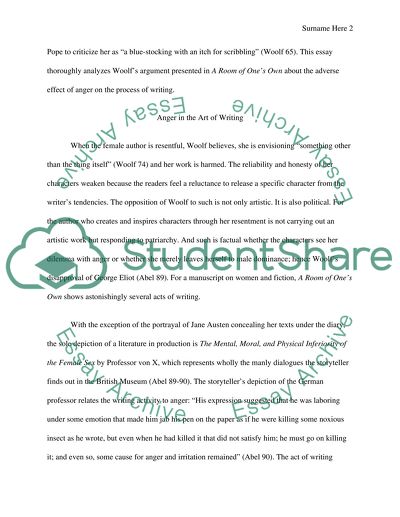Cite this document
(“The Artistic Impact of Anger in Virginia Woolfs A Room of Ones Own Essay”, n.d.)
Retrieved from https://studentshare.org/literature/1629193-the-artistic-impact-of-anger-in-virginia-woolfs-a-room-of-ones-own
Retrieved from https://studentshare.org/literature/1629193-the-artistic-impact-of-anger-in-virginia-woolfs-a-room-of-ones-own
(The Artistic Impact of Anger in Virginia Woolfs A Room of Ones Own Essay)
https://studentshare.org/literature/1629193-the-artistic-impact-of-anger-in-virginia-woolfs-a-room-of-ones-own.
https://studentshare.org/literature/1629193-the-artistic-impact-of-anger-in-virginia-woolfs-a-room-of-ones-own.
“The Artistic Impact of Anger in Virginia Woolfs A Room of Ones Own Essay”, n.d. https://studentshare.org/literature/1629193-the-artistic-impact-of-anger-in-virginia-woolfs-a-room-of-ones-own.


